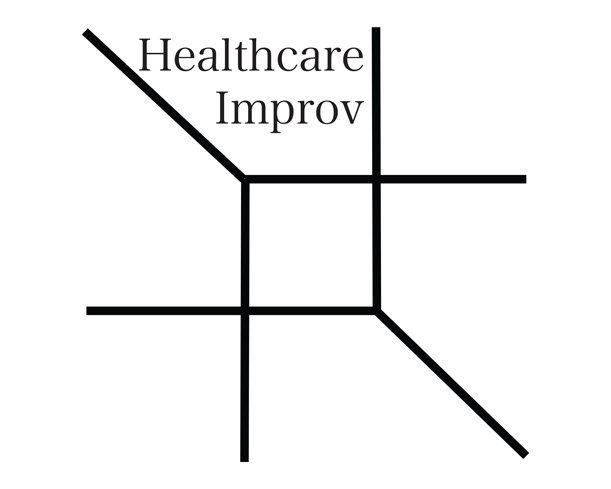Physics of Feedback
Weekend edition. Today our team is pre-call, meaning we are on call tomorrow. On call tends to be busy, pre call tends to be lighter in preparation for the upcoming call day, which tends to be hectic. When I was a resident, there was a point in just about every call day where I wanted to scream into a pillow. Most of the time, that sensation was fleeting, but it did happen every call day without fail. So today was a pretty light day in the hospital, which allows for discussion of medically related topics with the team. It is nice
Today will be a continuation of Feedback from the past two days. Two days ago, we discussed considering your audience. I did not say that explicitly, but that was what I hoped you took away from the reading of it. Yesterday, I spoke on setting the expectations of feedback and how important that was. Today I will discuss my improv informed method of framing a feedback discussion. As I mentioned yesterday in how I inform the team about the times they are guaranteed to get the different types of feedback. For the coaching portion of my feedback experience, with each individual on the team, we go on a Walk and Talk. It is where one member of the team and I Walk and Talk about how our time together is going and how to advance in his or her goals. As part of my expectations, I ask them to email me a list of two work goals and one nonwork goal that they want to work on during our month together as well as each week, everyone on the team comes up with goals for the week in service of one of their month goals. So when we go on the Walk and Talk, I ask them to discuss 1. General thoughts on the month 2. Commentary on how their goals are progressing or not progressing 3. Feedback on every member of the team. I developed this format while I was taking improv classes and early in my “career” performing improv
In this period of improv, I noticed my mood after a show frequently was not the exact same as my teammates. I would be super excited about the show, thinking that it went great, but a teammate would be down about the performance. Some of the time it was the other way around. One show, I thought went great and was happy with my contributions. My brother was in the audience and said it wasn’t his favorite. That caused me to think deeply about why that was (in addition to thinking about how my brother has no taste in comedy now, despite him informing my understanding of humor since before I can remember). I came to realize that often my own and other people’s thoughts on the show were defined by their thoughts on their own performance in the show rather than the show as a whole. Feedback given for other teammates was in relation to how the other person’s choices on stage affected the feedback giver. That is not necessarily a negative (and I very much am including myself in this habit). I think once I understood that I was doing this, I understood so much more about how I performed improv and understood my teammates. I understood my responses to teammates’ choices and could respond better in the future.
I noticed this as I was cementing in the format for my Walk and Talks. I noticed the “feedback for other team members” portion of our Walk and Talks was often just an extension of how the person giving the feedback was doing. I describe this as the Physics of Feedback. The point in time is like saying, “I like this person”, “I don’t like this person”, “the show was funny”, or “the show wasn’t my favorite”. These things provide information but do very little to help the feedback giver or receiver improve. The velocity refers to commentary related to the behaviors during the time period. This could be like saying, “She always takes time to explain her clinical thinking”, “He teaches frequently during the day but sometimes it delays us accomplishing other tasks”, “That choice to show the scene at your character’s parent’s house was hilarious”, or “You keep talking about corporate espionage and I don’t know what either of those words specifically mean”. Those types of comments can help inform the feedback giver and receiver on specific actionable things to work on. The improvisor can stop talking about or the other one can learn about corporate espionage based on that feedback. There is plenty of instruction on how to do this feedback well and the myriad of benefits that come from it. What I think is more interesting is considering the acceleration, which is what information the feedback given says about the feedback giver. This is often the most useful part of the Walk and Talks, when the learner uses the feedback for others to gain unseen insights into their own performance. Using these Walk and Talks is also how I have developed my expectations that I hand out at the beginning of each month. The feedback that comes up often enough, I address before the month even starts. In this way, I understand my learners’ learning preferences much more and can create opportunities for future learners to gain the most the next month that I am on service.
In case it was not clear, I will say explicitly, each improv show I am in is an opportunity to practice the skills needed to optimize the learning environment for increased self-knowledge, growth, and feedback for all members of my team and myself. It is nice

